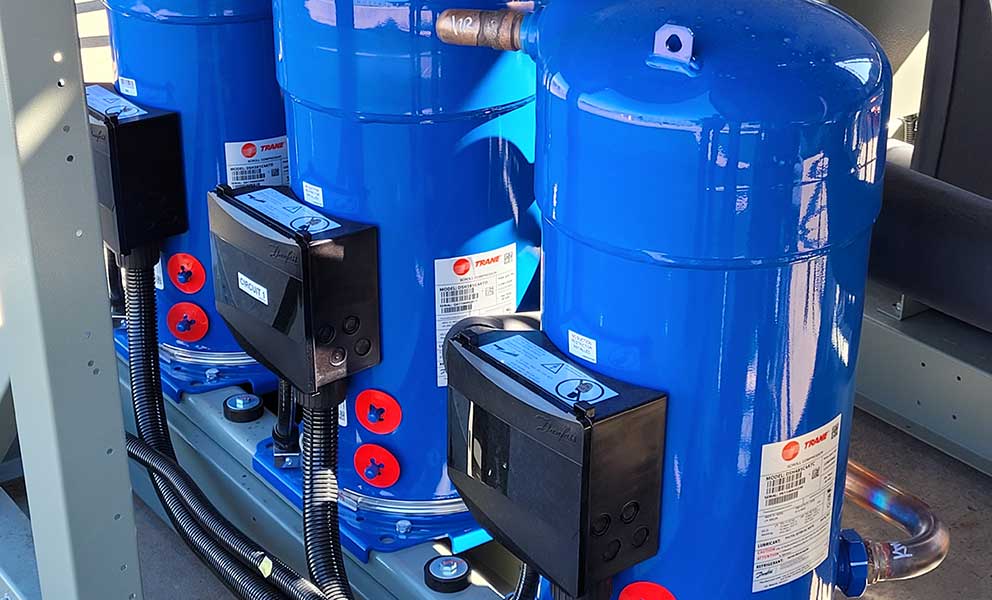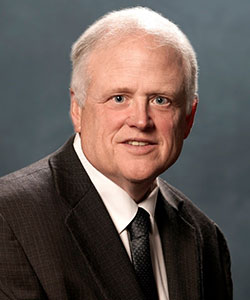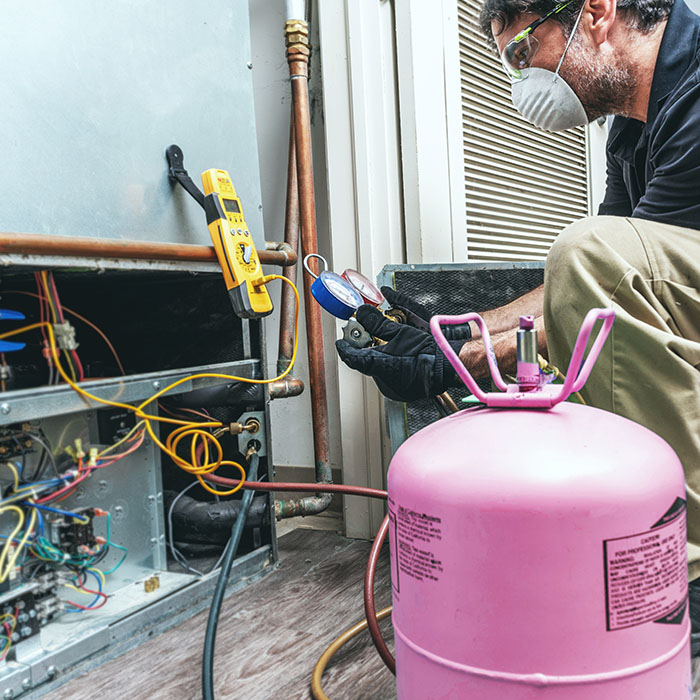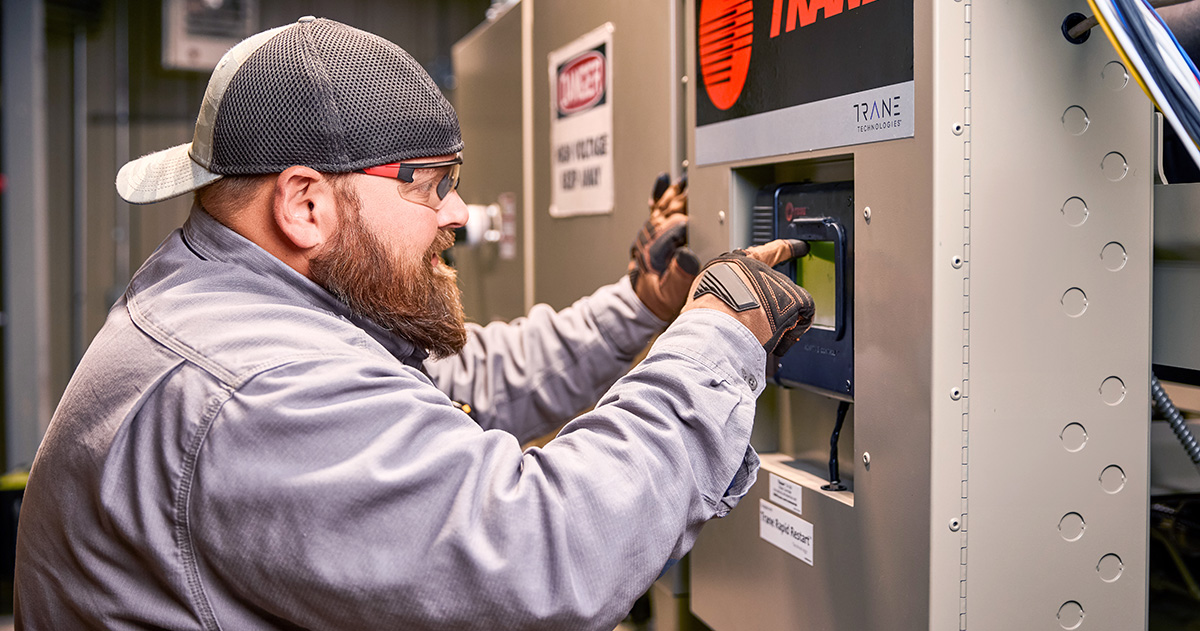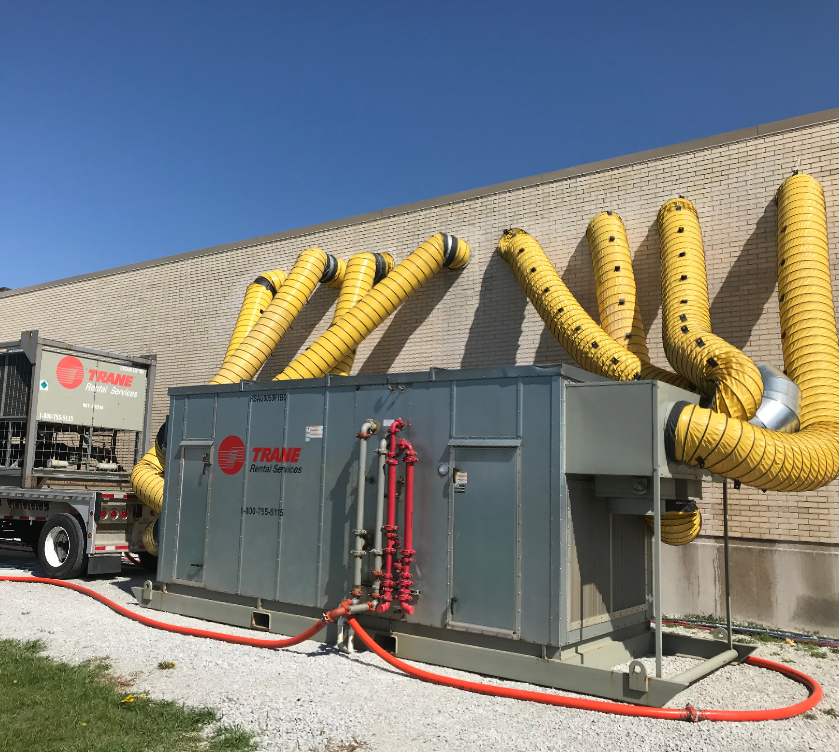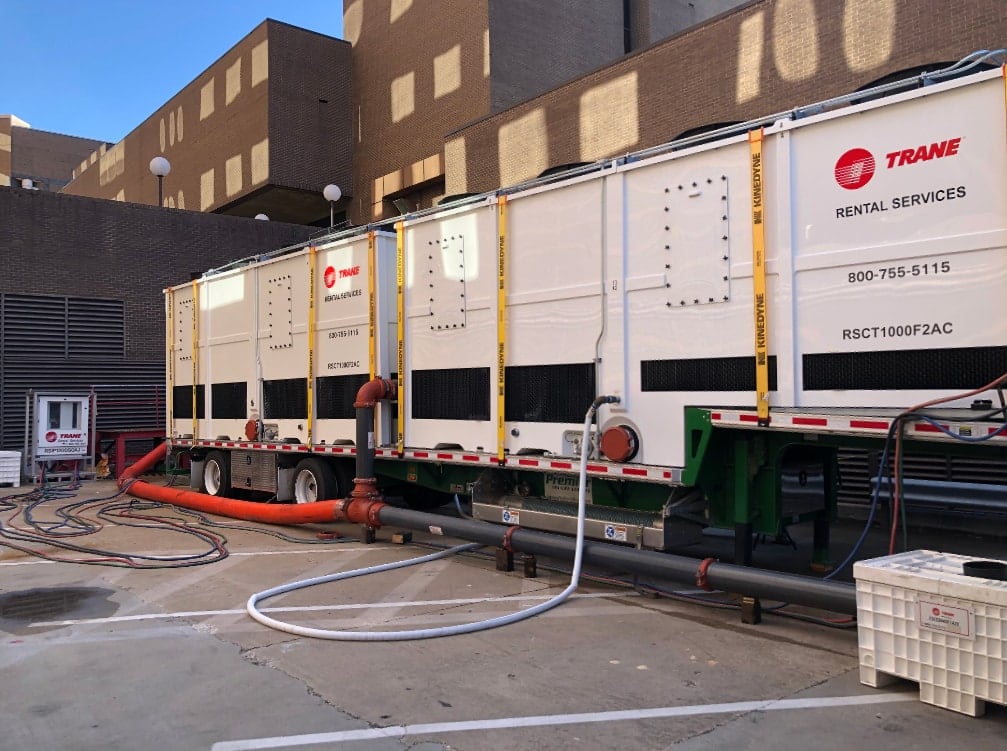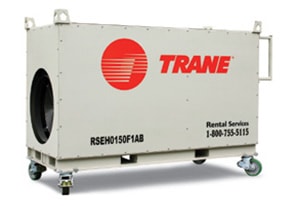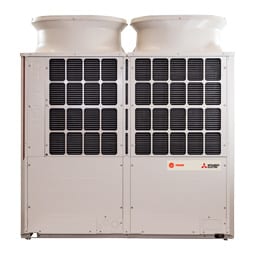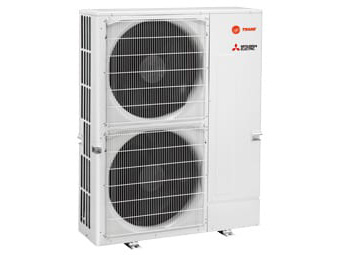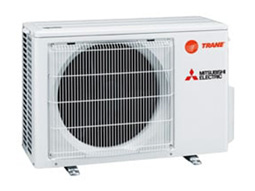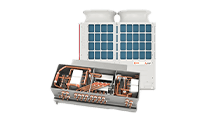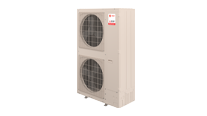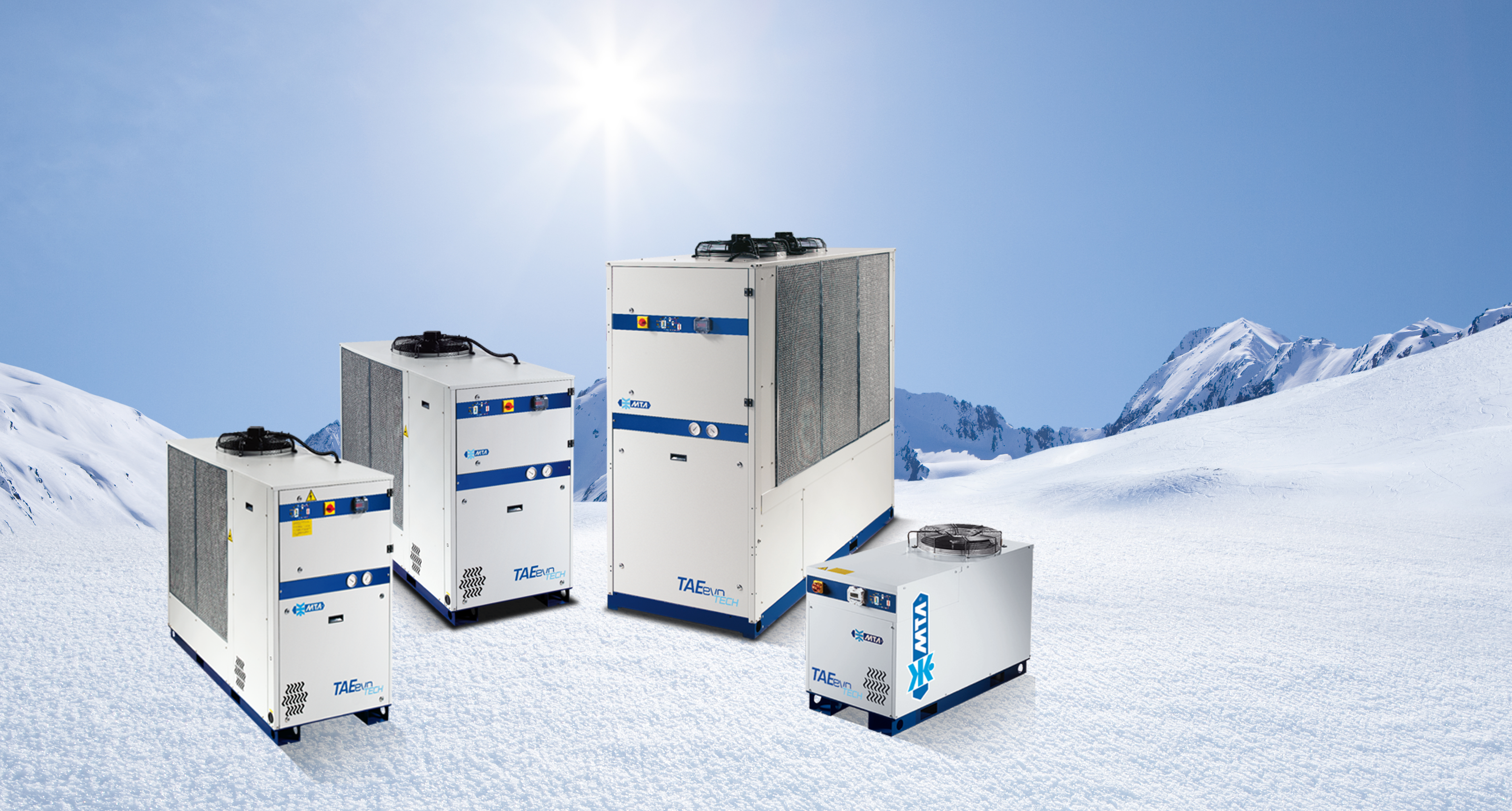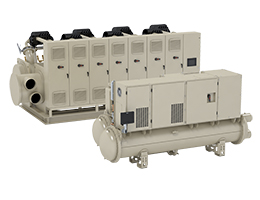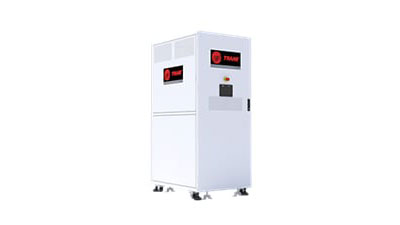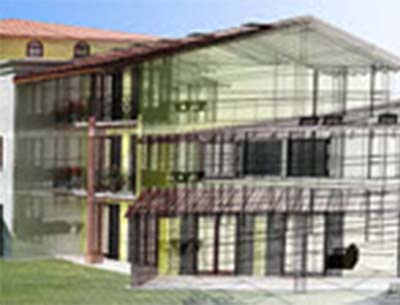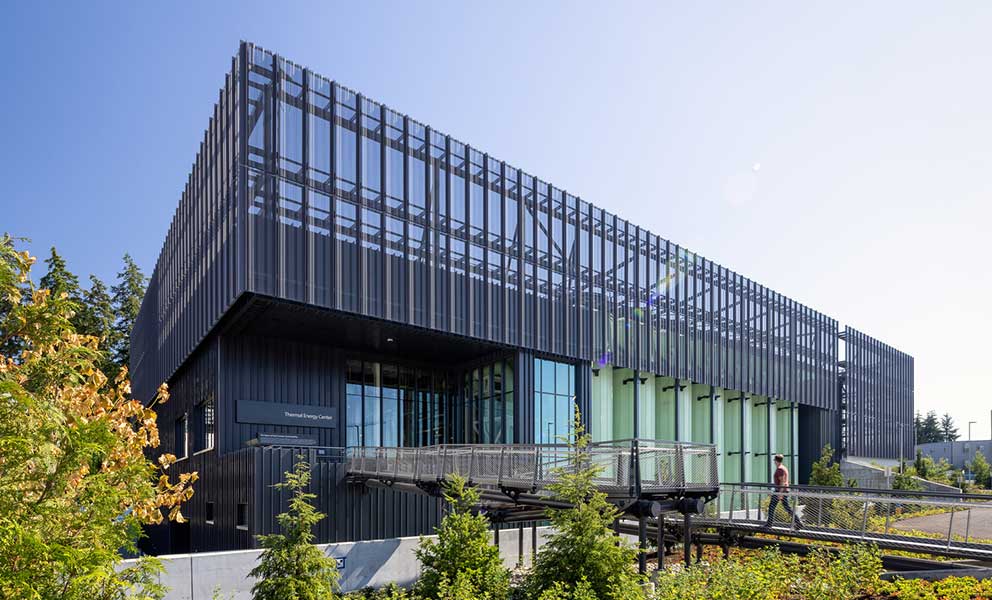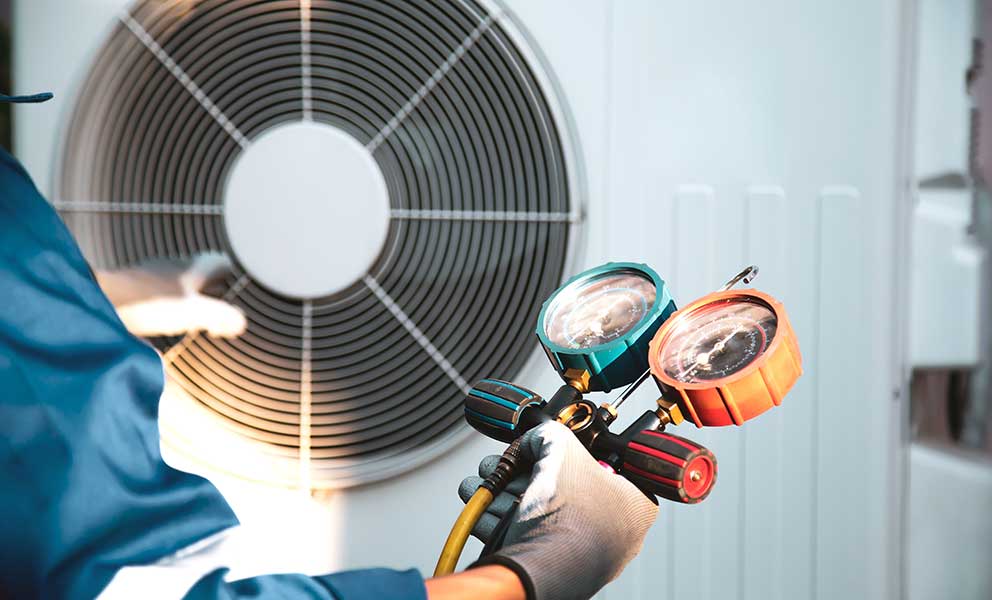Trane helps customers transition to next-generation, low global warming potential (GWP) refrigerants by selecting the right refrigerant for the right application at the right time, enabling them to make systems and application choices, not refrigerant choices. We sat down with Trane Director of Next Generation Refrigerant Research, Steve Kujak, to discuss his insight on the role of refrigerant in decarbonization; benefits of A2L refrigerants; common misperceptions about the transition and so much more.
What are A2L refrigerants?
For more than 80 years, the industry has been using what are known as ASHRAE® Class 1 fluids for refrigerants, which are non-flammable. But as we transition to lower-GWP refrigerants, we found we needed to account for lower flammability ASHRAE Class 2 refrigerants to help reduce the direct climate impacts from refrigerants. So, the industry developed a new ASHRAE flammability classification called A2L. ASHRAE Class 2L’s have flammability characteristics of being hard to ignite and require large amount of refrigerant to reach flammable limits. ASHRAE, government and industry research has shown that 2L refrigerants can be applied in homes and commercial spaces with limited mitigation controls.
How do refrigerants play a role in decarbonization?
Refrigerants get emitted into the atmosphere and can have an impact on global warming. As background, the industry transitioned from the ozone-depleting materials which also had extremely high global warming potential (GWP) to what is known as hydrofluorocarbons (HFCs) which have much lower GWPs but would become a concern as we continued to use them. So, to meet standards mandated by international accords, our industry is taking proactive actions to ensure refrigerants reduce their global warming footprint to inconsequential levels.
How is Trane able to provide the right refrigerant for the right application at the right time, compared to competitors?
At Trane we have been implementing this approach for 30 years and it all comes down to finding a balance that is more than a refrigerant choice; it is helping the customer meet their needs in the most efficient, environmentally balanced and cost-effective way possible. Our system designs feature refrigerants that provide both economic and environmental benefits and enable the right application for a customer, whether they are doing deep freezing or more traditional comfort cooling. Going forward, it is all about electrification of heating, or heat pumps, to eliminate direct fossil fuel combustion and application.
What do customers need to consider when updating equipment with A2L refrigerants?
I go back to that balance I referred to earlier. Customers should look at their sustainability needs and remember that there are many products or solutions that can work for their application but ask themselves what product is less flammable yet also provides the best economic value in terms of reduced lifecycle costs and environmental footprint. Building and system designers, for example, are focused on flammability and efficiency and how much onsite refrigerant they have. Contractors and service technicians are more concerned with whether they can install a product cost effectively and what changes, such as flammable vs. non-flammable, they need to factor in, as well as how the product is serviced or stored.
What are common misperceptions or uncertainties about the transition to lower-GWP refrigerants?
For some, the 2020 American Innovation and Manufacturing (AIM) Act, which authorizes how the EPA addresses HFCs, and will remain in place even if there is a change in administrations with this upcoming election cycle, was a disruptive force. I believe that Trane has done a good job communicating the changes detailed in the AIM Act to our customers and helping them prepare for the transition to lower-GWP refrigerants. In fact, we began preparing for these changes as far back as 2008 and introduced ultra-low-GWP refrigerant choices from 2015-2017. But I do not believe this has been the case across the industry where some people are just now reacting to the AIM Act and feel caught off guard, creating a degree of uncertainty.
Customers are also curious about how long they can keep a product after they make the transition. Fortunately, Trane’s low-GWP products can be kept for 15-20 years, if not longer. It is common for our customers to have three or four different products on a rooftop or onsite because they are getting a long, useful life out of the equipment.
Have there been any challenges that Trane has found in redesigning products to enable the transition and what type of opportunities have been realized as part of the work which has occurred?
Trane’s ongoing efforts have resulted in us finding fluids and optimal technologies that are as near design compatible as possible so we can assure customers that their investment in products looks very similar in capacity, efficiency, lifecycle costs with a significantly lower climate impact. An example is R-32 refrigerant which is a choice today to replace R-410A, I first tested it back in 1993 and found to be a good replacement for R-22, but it is 2L flammable. The flammability was unacceptable in the last transition, so R-32 was blended with R-125 to make non-flammable R-410A and R-410A became the industry standard. In this transition, R-32 is a choice as well as R-454B which is a lower GWP R-410A design compatible refrigerant. R-454B is a blend of R-32 with ultra-low GWP refrigerant R-1234yf. R-454B was designed to optimize flammability, efficiency (better than R-410A), environment (lower GWP than R-32) and life cycle costs. In this transition, both R-32 and R-454B are industry choices that meet the USEPA regulatory targets of being <700 GWP. Yet some of our competitors continue to heavily promote R-32 and criticize R-454B for various reasons. One criticism is that R-454B has a “temperature glide,” which we have found to be similar to R-410A and can in certain cases help performance over R-32. Trane will be using both refrigerants and believes they are acceptable solutions and will be useful solutions for Trane to provide customers with the right refrigerant for the right applications that balance flammability, efficiency, environment and life cycle costs. In the end, USEPA climate goals will likely require R-32 and possibly R-454B to be phased down to lower GWPs in the 2030’s.
In a market filled with competitors and noise, why Trane?
We are helping building owners make choices that extend the lifecycle of their building. While our competitors are singular or binary in their focus, we’re four dimensional, focusing on decarbonization for customers through providing solutions through efficiency, refrigerant management, renewables and electrification of heating. Our contractors can have confidence knowing we set and understand where regulations are going and develop products that are as standard and less flammable today as they are tomorrow as we move forward. And, if you look at original equipment manufacturers (OEMs), all our competitors have a piece of the pie when it comes to product and choice for refrigerants. But, whether it’s for a new design or new build, Trane has a top-to-bottom portfolio of multiple low-GWP choices for building designers.
